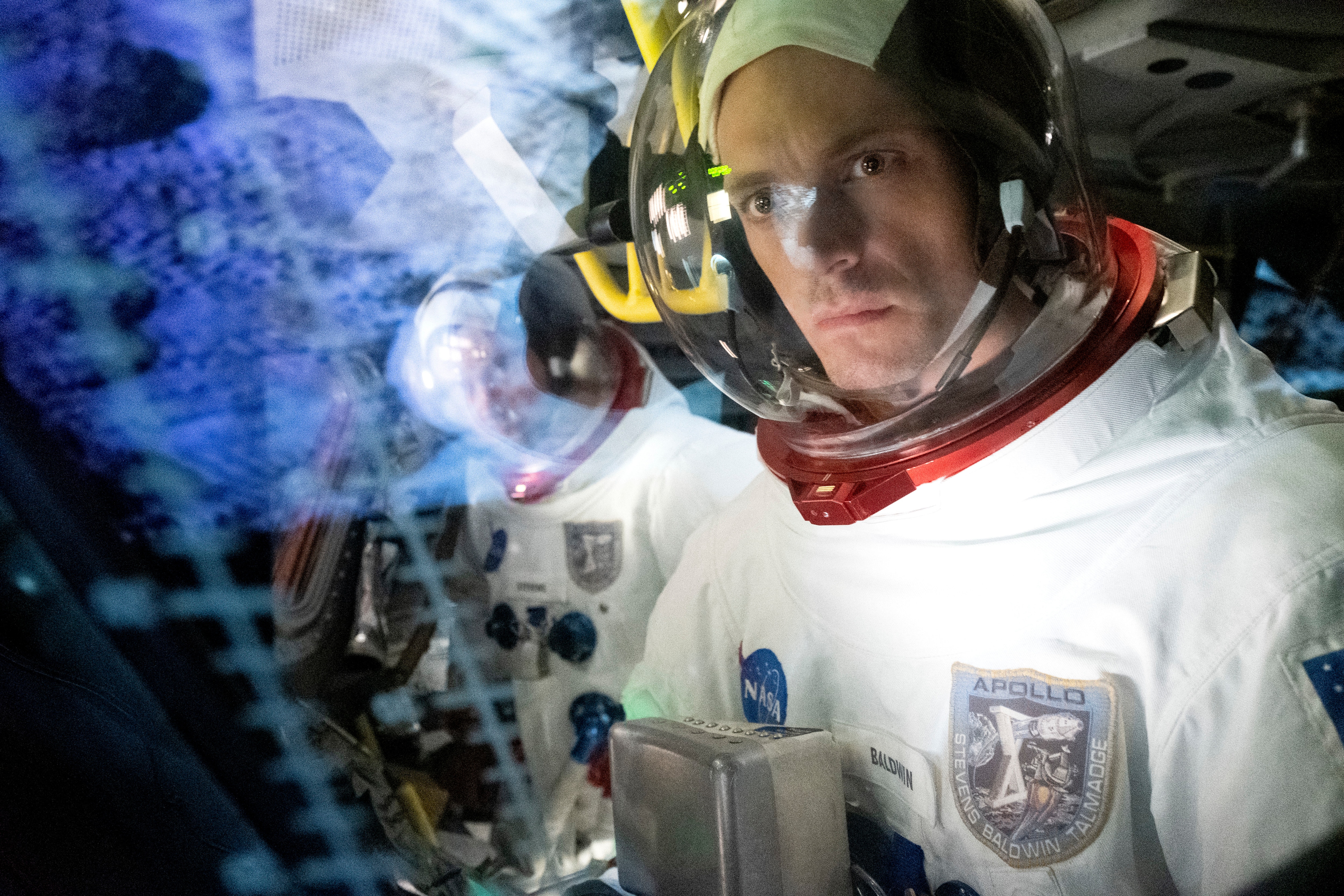Create a free profile to get unlimited access to exclusive videos, sweepstakes, and more!
Apple TV+'s For All Mankind wasn't always an alt-history series, says Ronald D. Moore

Growing up in an era when putting people on the moon still lingered in that otherworldy place between “How can they do that?” and “They actually did it,” Ronald D. Moore reportedly remembers a younger version of himself who burned with excitement at the space race he thought would unfold in his lifetime.
Watching Neil Armstrong walk on the moon while witnessing a different kind of milestone on the night of the Apollo 11 landing, the For All Mankind creator (and Star Trek and Battlestar Galactica veteran) recently told Variety it was impossible, as a child, to envision a space program that wasn’t overflowing with exciting possibilities.
“My little brother literally took his very first steps that night, walked across the floor for the very first time at the same time Armstrong walked on the Moon,” Moore said. “It changed my life, they were broadcasting the Apollo missions during the day and at night I would want to watch anything with a space ship on TV, and that led me to Lost in Space and eventually to Star Trek and now this For All Mankind.”
But when Apple reached out to Moore with ideas for making a series for its new Apple TV+ platform about NASA’s journey through its Cold War-era space program, Moore said he realized he’d be tasked with making a compelling sci-fi story that was unfortunately hamstrung by a “sad” historical setting: the budget-strapped lean years when NASA had already been to the moon, and now lacked a vision (and funding) to conquer bigger frontiers.
Describing the era as a time of “diminishing expectations and lowering ambitions” for the U.S. space program, Moore said his solution was to make For All Mankind the kind of show that could tap into that early, space-bound optimism he had as a child. The U.S. and former Soviet Union had both actually shown the world that humanity could will itself into space — so why not pull at that thread and see how a true space race might’ve played out?
“[I]nstead of doing a show about what really happened in the ‘70s, why don’t we do a show that’s about the space program you and I thought we were going to get when we were kids?” he explained. “A much bigger, expanded, bolder program, so I thought let’s do an alternate history show.”
One big piece of kicking up the excitement, said Moore, was to have the Soviets winning from the start, with NASA playing catch-up as they watched the USSR beat the U.S. — not only by getting to the moon first, but also by getting a woman there first as well.
“…In the alternate history, we wanted to recapture that feeling where the Americans were constantly banging their heads against the wall about to how the Soviets keep beating us at every turn,” he said. “[T]hat motivated a lot of the things in the original space race, and it motivates the show to go further and have a lunar base and going beyond all that.”
It’s a formula that grounds the show in real-world events while giving it a chance to aim higher than history, in hindsight, ever allowed. For All Mankind’s NASA astronauts don’t stray far from their real-life counterparts (“They can still be heroes, but they don’t have to be carved out of marble,” Moore told Variety), but, unlike the real astronauts of the 1970s, they also get to play for much higher stakes.
Critics appear to agree that For All Mankind sets the bar highest of all the shows in the launch-day lineup at Apple TV+, but now we’re able to judge for ourselves: The Apple TV+ streaming service — and For All Mankind with it — is live and ready to binge at last.


























